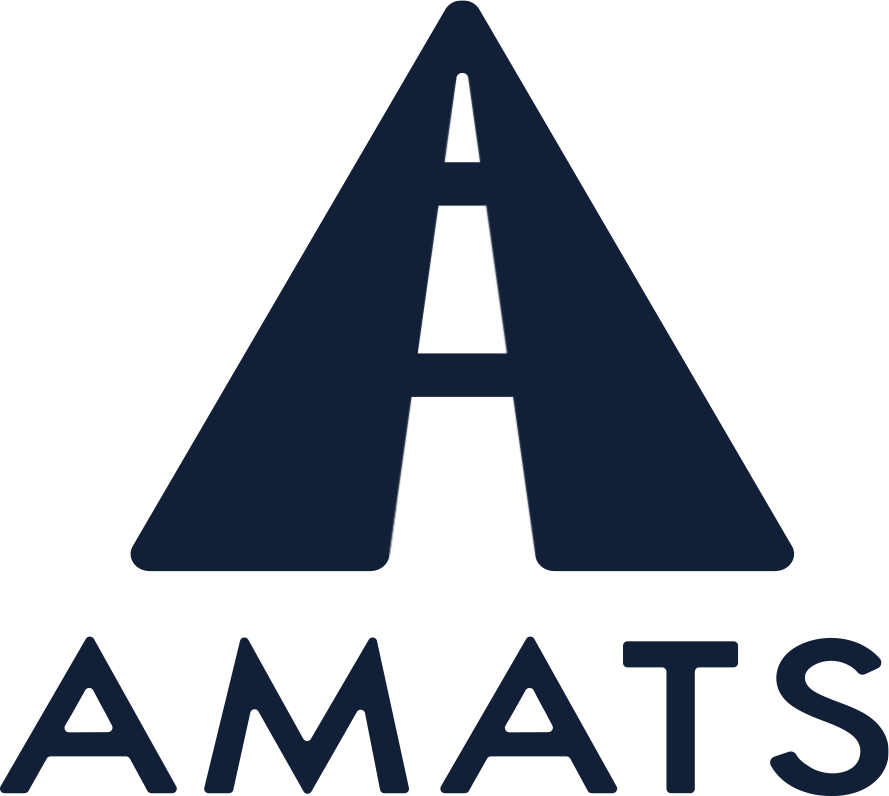The new Congestion Management Process (CMP) Report finds that there are fewer extremely congested locations in the Greater Akron area today than in the past. That’s good news for those areas that are still coping with high congestion as it may mean more resources for the area’s remaining trouble spots, according to AMATS Transportation Improvement Program Coordinator David Pulay.
During its Dec. 17 meeting, the AMATS Policy Committee approved an updated CMP Report which identifies existing and future congestion on the area’s freeways, arterials and intersections. The report offers specific highway, transit, freight and system-wide recommendations to improve congested locations throughout the region and evaluates strategies based on previous projects. The report also examines public transit levels of service availability, freight needs, and the impact that crashes have on congestion.
The roadway network considered for the CMP analysis is comprised of 540 miles of roadways in the Greater Akron area. While previous reports have traditionally focused primarily on the regional road network, the latest CMP Report considers the area’s transit, bicycle, and pedestrian networks and how they interface with the highway network. The report also marks the first time that AMATS has relied upon GPS device tracking technology in cell phones and vehicles to calculate congestion.
Pulay says that the report finds that there are fewer extremely congested locations in the Greater Akron area today than in the past. Twenty years ago, there were 19 extremely congested locations in the area. In comparison, that number has dropped to 10 in the latest CMP Report. Pulay admits that, while some of this decline may be due to changes in how congestion is calculated by the agency now, much of this decrease is due to the completion of various projects designed to ease congestion throughout the region.
A benefit of this congestion reduction is that the region can better leverage decreasing transportation funding by focusing on the most important remaining areas of regional concern. Unfortunately, most of these remaining areas – such as various arterial segments on state Route 91, the state Route 8-state Route 82 Intersection in Macedonia, and the state Route 59 (Perkins Street)-state Route 8 Interchange in Akron – have not yet been addressed due to their tremendous complexity and cost.
The report notes that the many communities and entities that comprise AMATS must continue working together diligently to find unique solutions that address the region’s remaining congested areas. They must also wisely allocate available resources to implement potential viable solutions, according to the report.
Pulay explains that the report identifies five tiers of strategies that policymakers should consider when weighing the effectiveness and feasibility of various approaches to ease congestion. These tier strategies, ranked from highest priority to lowest, are: demand management, operational improvements, public transit improvements, Intelligent Transportation Systems, and capacity expansions.
“We matched these strategies to the report’s recommendations for the area’s roadways, freeway segments, ramps, interchanges, arterials, and intersections,” Pulay continues, “The result is that we now have a report that places the region on a realistic solid footing for the future as we develop the region’s long-range transportation plan.”
AMATS will consider the report’s recommendations for inclusion in the upcoming long-range regional transportation plan which will address area needs and present comprehensive recommendations to meet identified needs over the next 25 years. Final recommendations accepted by the agency will be based on fiscal constraint, cost benefits, and changing transportation demands.

